When choosing a table, there are a few different factors to consider such as the shape and size. One factor that is very important is the material – As this can have an impact on many other aspects from the durability to the weight. To help you choose a material, here are 5 different table materials compared.
RELATED: How to Make your Outdoor Space Feel More Cozy
Wood
Wood is the most common material for a tabletop. Therefore, there are more styles of wooden tables to choose from. Many people love wooden furniture for its rustic, natural look. Wood is also a very sustainable material, plus it’s durable and easy to maintain. There are different types of wood that can be divided into hardwood, softwood and composite wood. Hardwood is often the most durable but the most costly. Softwood is lighter in colour, resulting in a more visible grain pattern. Composite wood contains plastics mixed with wood, making it often easier to clean and cheaper but less eco-friendly. The biggest issue with wood is that it can scratch more easily than other materials.
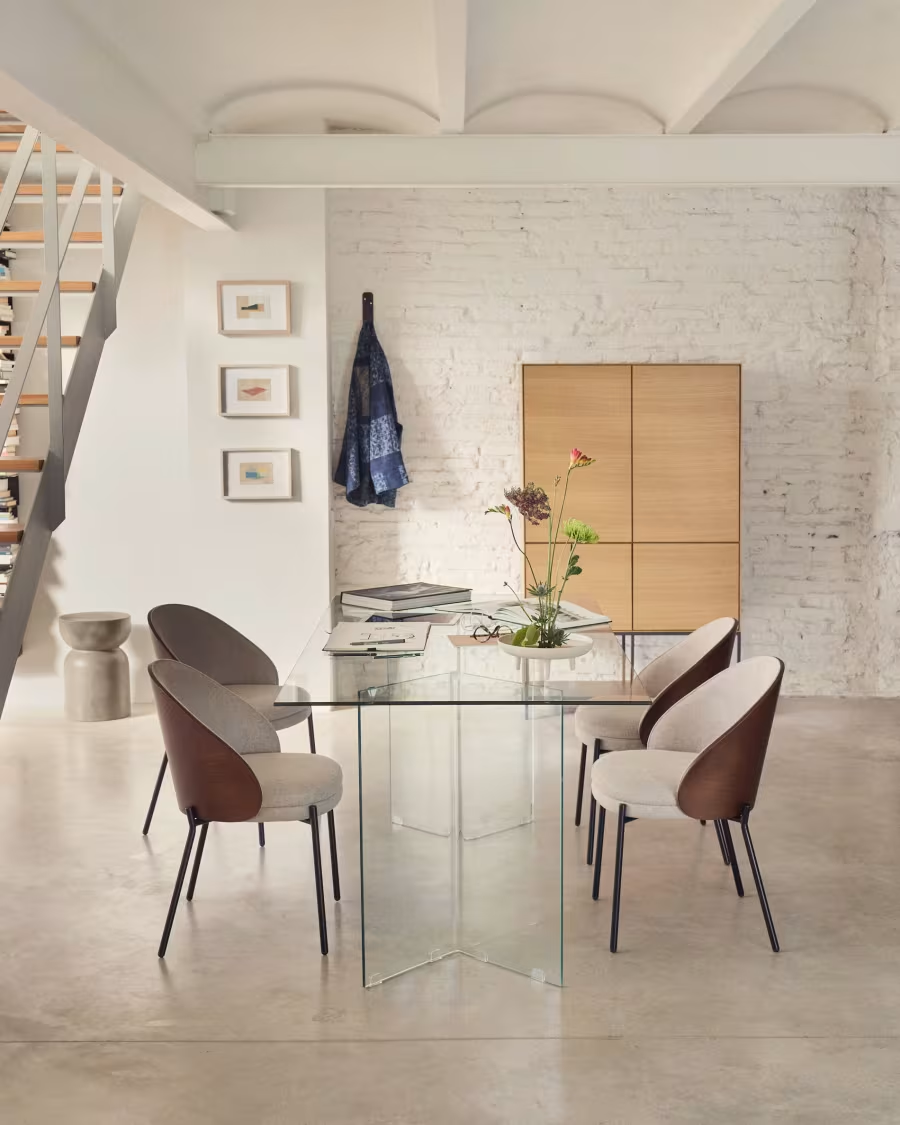
Kave Home glass table
Glass
Glass tabletops help to reflect light and make a room brighter. They are also transparent, which means they can often make a room feel more spacious – a glass side table next to a sofa could open up the corner, while a glass dining table can make a small dining room feel bigger by adding more visible floor space. Some people assume that glass furniture is very fragile, but in fact, most of it is made from tempered glass, which is very durable. The biggest downside to glass tables is that they are harder to keep clean – every time someone touches them, they will attract finger marks.
Metal
Metal tables are incredibly durable. They are scratch-proof, inflammable and can carry heavy weights. Metal tables tend to have a more modern industrial look. Most are made from aluminium or steel, which is typically quite light but strong. Outdoor tables are sometimes made from cast iron. Such tables are incredibly heavy and therefore not easy to move around, however they are capable of withstanding strong winds. A downside of metal tables is that they can get very hot in direct sunlight or very cold in lower temperatures. Some are also very vulnerable to rust and require a lot of maintenance.
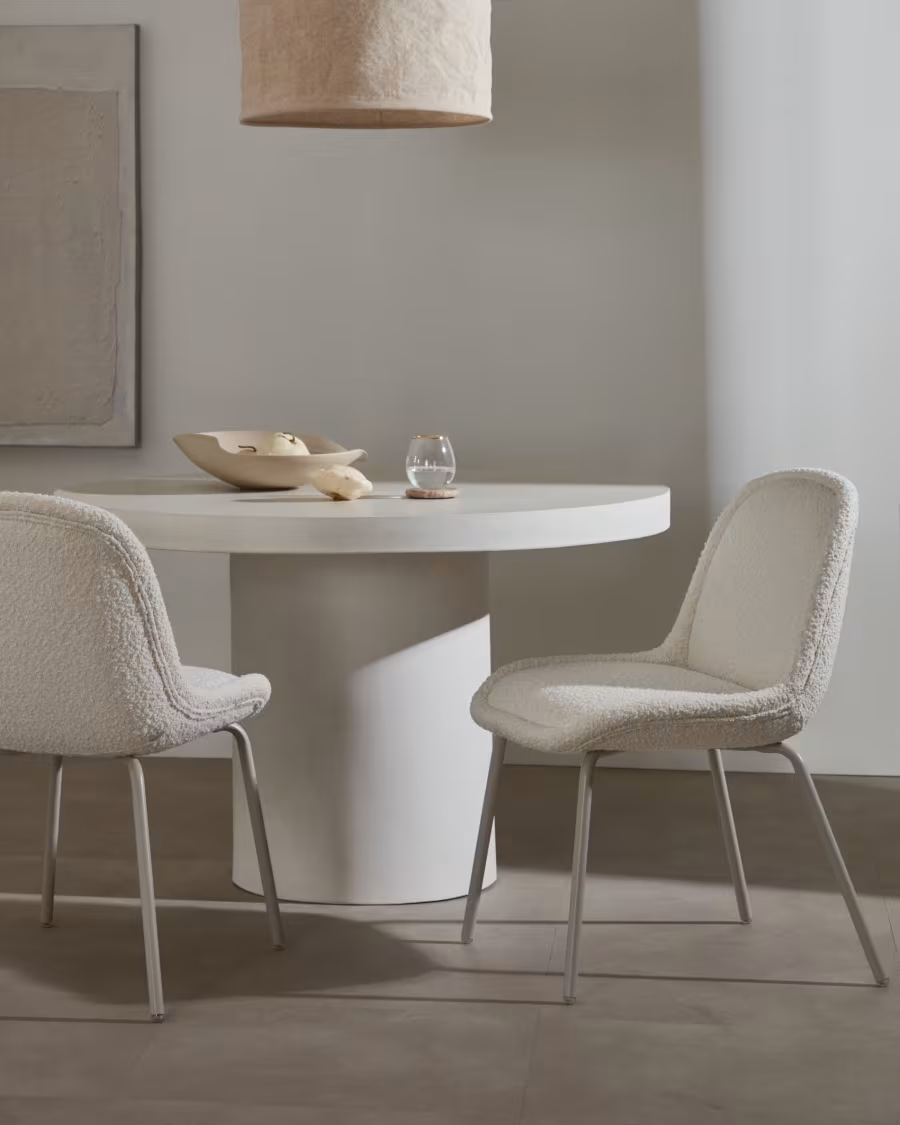
Kave Home ceramic table
Ceramic
Ceramic tabletops are slightly more expensive than other tables detailed above. However, they have pretty impressive properties that can make them a good choice. They’re antibacterial, heat resistant, moisture resistant and won’t fade in the sun. They can also be engineered to look like natural stone, while being a lot cheaper and easier to maintain. Just be wary that ceramic tables can be quite heavy and can crack or chip easily if hit by a heavy object.
Natural Stone
Natural stone tables are prized for their natural beauty – each one having a unique pattern. These tables are also incredibly durable and will often last a lifetime. Of course, there are some caveats to consider when choosing a natural stone table. They can often be very heavy pieces of furniture, and some may be vulnerable to staining (spillages need to be cleaned immediately, and it’s important you use the right products to clean them). Natural stone tables are also the most expensive option. Granite and marble tables tend to be the priciest options, while quartz and limestone are relatively more affordable.
You’ll also like this:
Help Your Kitchen Appliances Live a Longer Life
Explore in Style: Elevate Your Travel Experience with These Must-Haves

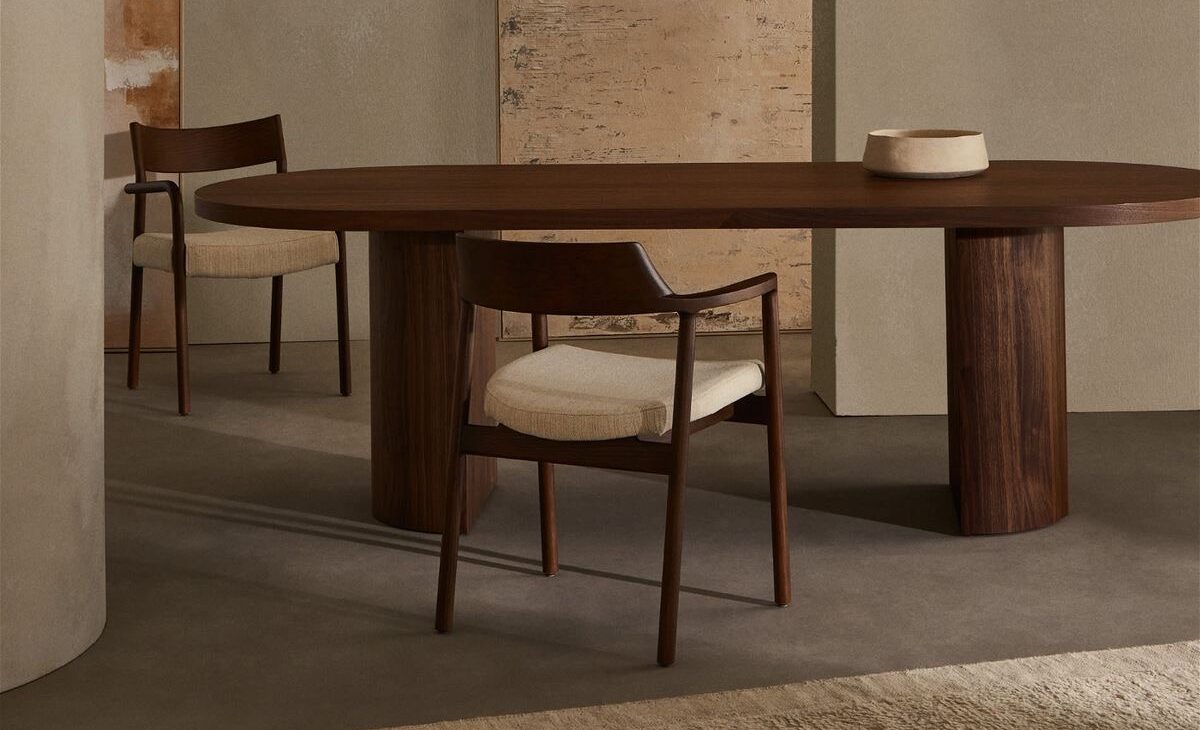


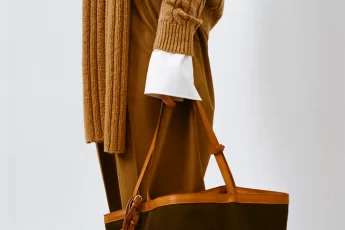
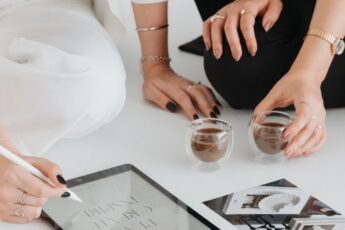
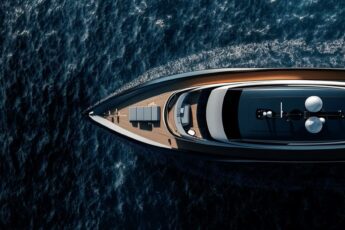
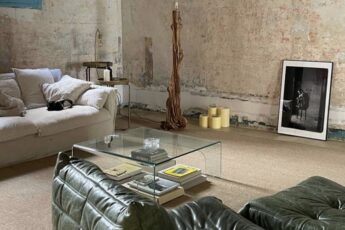
Leave a Comment